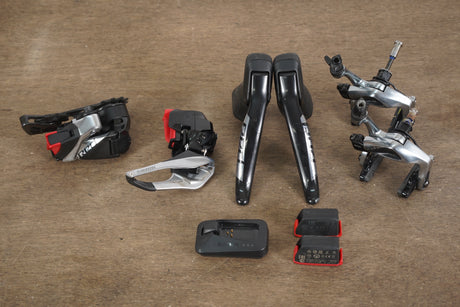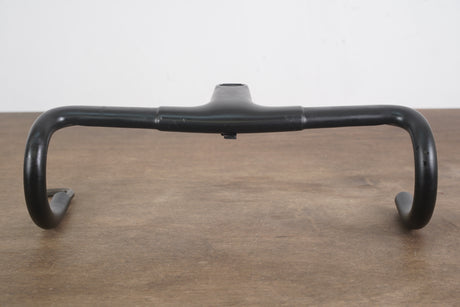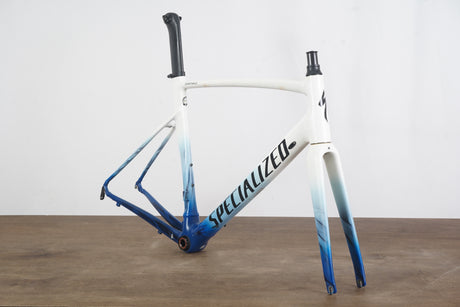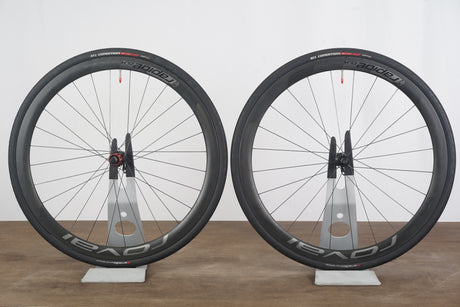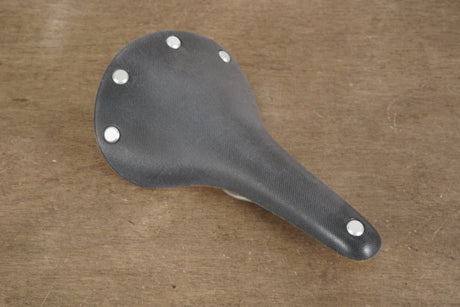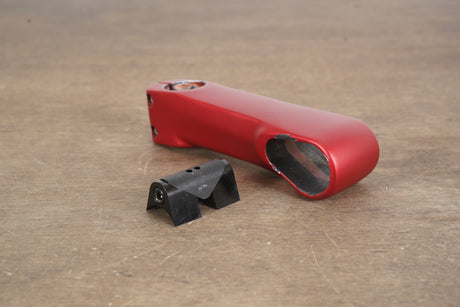If you’re upgrading your bike, you may be asking: how do Zipp wheels compare to Shimano? Both brands are respected in cycling, but they focus on slightly different strengths. Understanding the differences will help you choose the wheelset that best fits your riding style and goals.
Zipp Wheels: Aero and All-Road Innovation
Zipp specializes in aerodynamics and versatility. Their wheelsets, like the 303 and 404, are designed with mid- to deep-section rims that reduce drag while remaining stable in crosswinds. Key benefits include:
- Aerodynamic efficiency: Rim shapes tested extensively in wind tunnels and real-world conditions.
- Tubeless-first hookless design: Optimized for modern tubeless tires, reducing rolling resistance and flats.
- Wide internal widths: Supports 28mm–40mm tires for road, gravel, and endurance comfort.
- All-road capability: A single wheelset that performs on tarmac, gravel, and mixed terrain.
Shimano Wheels: Reliability and System Integration
Shimano focuses on balance, stiffness, and integration with their drivetrains. Popular models like the Dura-Ace C36 or C50 are built for professional racing and precise performance. Key strengths include:
- System engineering: Designed to work seamlessly with Shimano drivetrains and brakes.
- Race-proven performance: Used widely in WorldTour events for sprinting, climbing, and time trials.
- Wide range: From affordable training wheels to top-tier carbon race wheels.
- Traditional tubed/tubeless options: Offers flexibility, though not always as cutting-edge in hookless design as Zipp.
Head-to-Head: Zipp vs Shimano
- Aerodynamics: Zipp leads with advanced rim profiles like the Firecrest and NSW series.
- Weight: Comparable at the high end, though Zipp often wins on climbing-friendly models.
- Durability: Shimano is known for long-lasting hubs and low-maintenance performance.
- Innovation: Zipp pushes boundaries with hookless, wide rims; Shimano stays focused on proven racing systems.
Which Should You Choose?
If you want cutting-edge aerodynamics, wider tires, and gravel compatibility, Zipp is the better choice. If you prioritize drivetrain integration, race stiffness, and proven WorldTour reliability, Shimano wheels are hard to beat. Many riders even mix—running Zipp wheels with Shimano drivetrains for the best of both worlds.
Final Thoughts
So, how do Zipp wheels compare to Shimano? Zipp offers innovation and all-road versatility, while Shimano delivers system-driven precision and bulletproof reliability. Your decision depends on whether you value aero gains and versatility (Zipp) or integration and classic race performance (Shimano).
FAQs
1. Are Zipp wheels faster than Shimano?
In many cases, yes. Zipp’s aerodynamic designs generally save more watts on flat and rolling terrain.
2. Which brand is more durable?
Shimano hubs and bearings are legendary for durability, though Zipp’s hookless rims are also designed to withstand heavy all-road use.
3. Can I use Zipp wheels with a Shimano groupset?
Yes. Zipp offers freehub bodies compatible with Shimano/SRAM drivetrains, making them easy to integrate.

